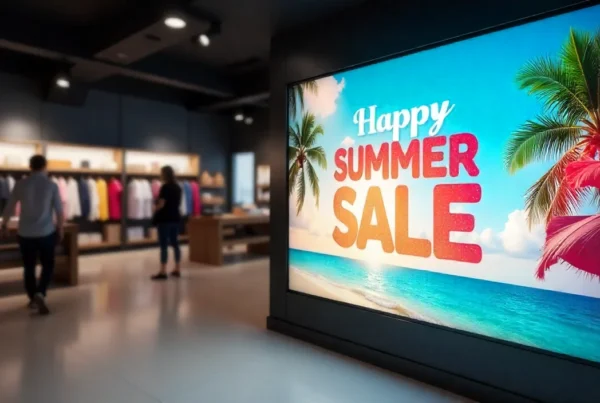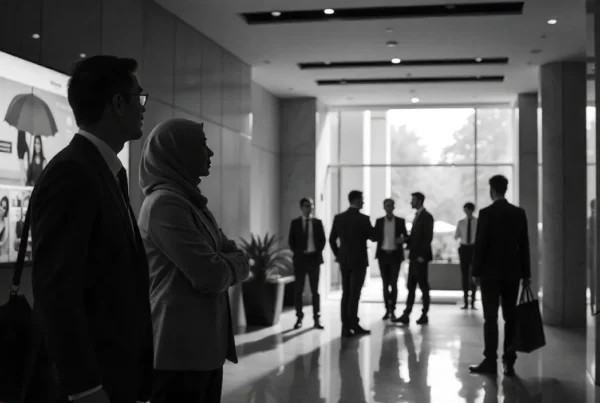Digital signage today remains one of the tools that many businesses cannot afford to lack when it comes to engaging the customers. As much as cloud-based digital signage solutions have become common, most businesses continue to use local server configurations for their signage. For some reasons, such as security, networks constraints or organizational necessities, managing content on a local server may provide more flexibility and personalization. But how can you make it easy and fast? Below are some of the simple techniques to control the content on your digital signage local server.
1. Organize Your Content Library
Dealing with many files, media and presentations becomes a chore when it is not in a proper order. First, it is necessary to sort out the content library in a rational and convenient manner. Organize the content in different folders based on the type of content that you are sharing such as video files, images, text announcements, or slideshows. Make sure to name these folders properly and ensure that the names you give are standard across the board. This will not only save time but also would make it easier for anyone who has access to the server to access and update the right content.
If your digital signage software program can, it is best to categorize the content material using metadata tags based on its use, length of time that it will be used, or the location where it will be displayed. This can also help to make it easier to search for and schedule media where you need it, especially in larger configurations.
2. Use a Content Management Software (CMS)
If you have not done so, it is recommended to get a good quality Digital Signage Content Management Software (CMS) that can be installed on Local Server. Some of the basic features that a good CMS should have include Easy way to upload, schedule, and preview content. These include drag and drop capabilities, content playlists and the timeline; all of which are possible in most CMS solutions in order to make content management on a local server as easy as possible.
The best CMS platforms also include scheduling tools. It also allows you to schedule your campaigns and have content published at certain times, days or even events. There is less work to be done manually, and the appropriate content appears when it is to be posted even if the owner is not around to change it.
3. Design and Use Templates
Promotions or events are updated frequently, and this often makes the process of content creation mundane. Templates are a great help because they can save much time and efforts. It is important to note that most of the digital signage solutions, including those hosted on local servers, allow the use of templates. These templates can be further modified according to your branding, message and even the orientation of your display.
For example, if you always have restaurant specials or event schedules, choose a template where you only need to replace the text or images. This makes it easy for you and avoids having to redesign content each time hence making it easier for you.
4. Schedule Regular Backups
As much as having a local server has its benefits, there are certain responsibilities that are incumbent upon the system including security of data. It is crucial to set up routine backup of your content because even the best media files can be lost to technical glitches or carelessness. This way, you will always be prepared for any mishap that may occur and thus guarantee that your displays will be continuous.
This means that you can back up the content and media files in the local server and you need not to do this manually every time.
5. Leverage Offline Capabilities
Another benefit that can be obtained with the help of a local server is offline work. Your content does not depend on the internet connection to appear on the screen or not. Make sure you do not waste this by scheduling the updates or changes during peak hours or high traffic times for your network. This way, you will not disrupt the performance of your display when there is content upload or update.
6. Regularly Audit Your Content
Lastly, perform content audits on the regular basis. In due course, it is possible to accumulate a large number of files in the content library that is no longer relevant. Clean your local server space by reviewing the content stored in it every now and then and deleting the one that is not needed anymore. It will not only help to reduce the number of documents stored in these locations and increase the likelihood of finding what is desired.
Conclusion
It is not difficult to manage content on your Digital Signage local server. To maintain the effectiveness of your signage system, try to organize your library, using CMS tools, leverage templates, and schedule backups. Auditing and leveraging offline functionality takes this process one step further. By applying these measures, you will make sure that your digital signage is one of the most effective means of communication for your enterprise.





